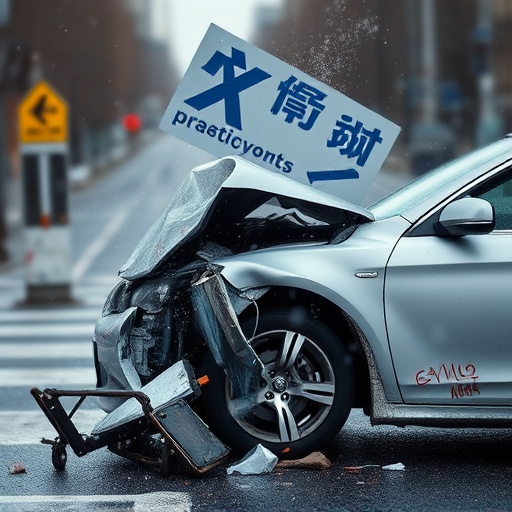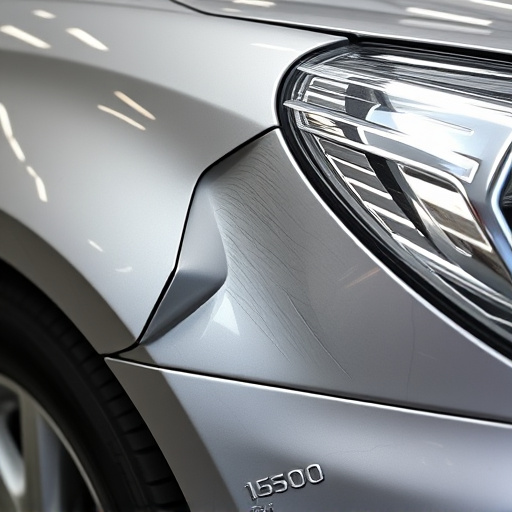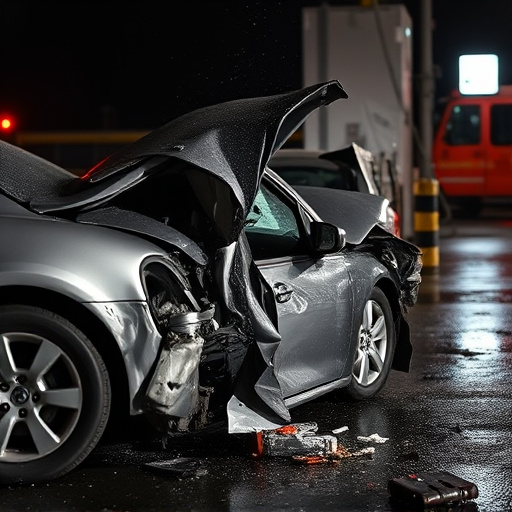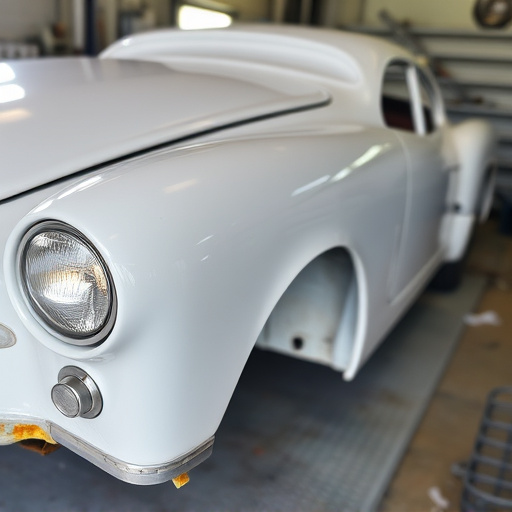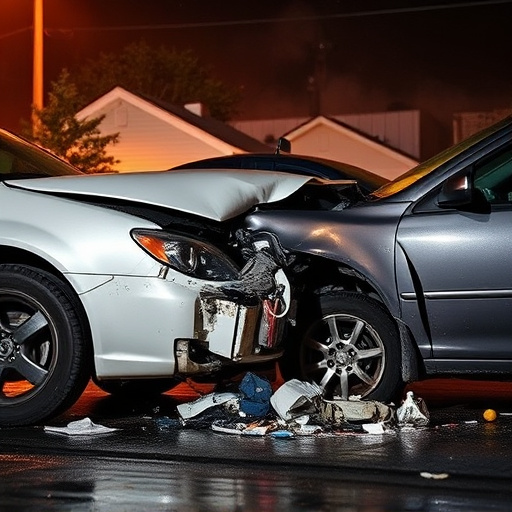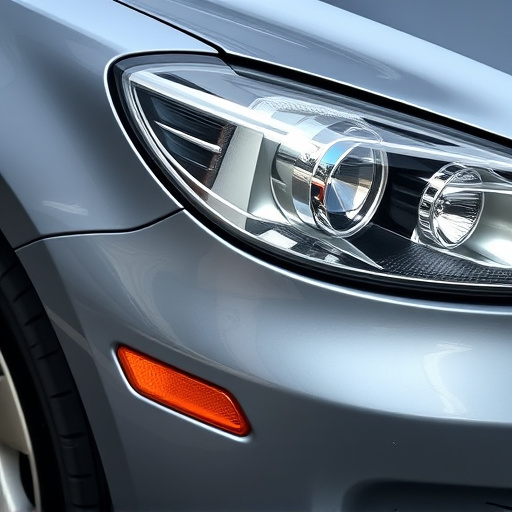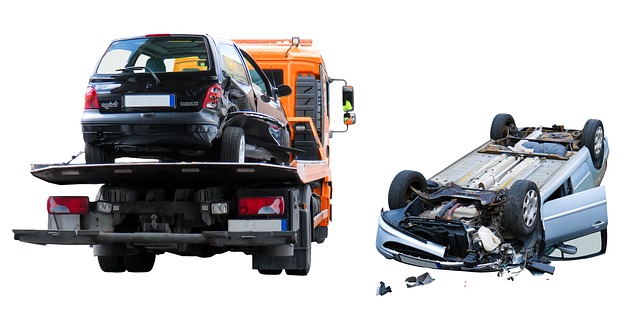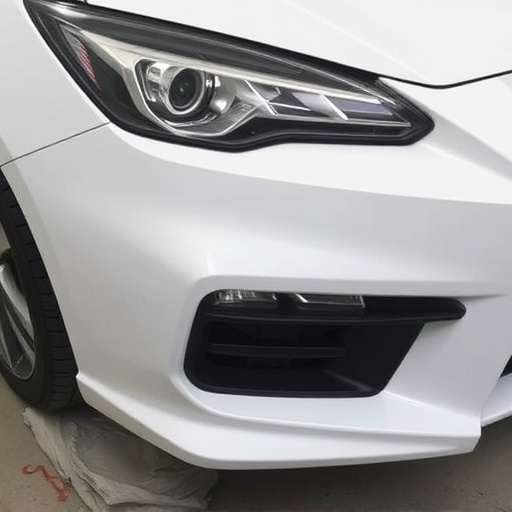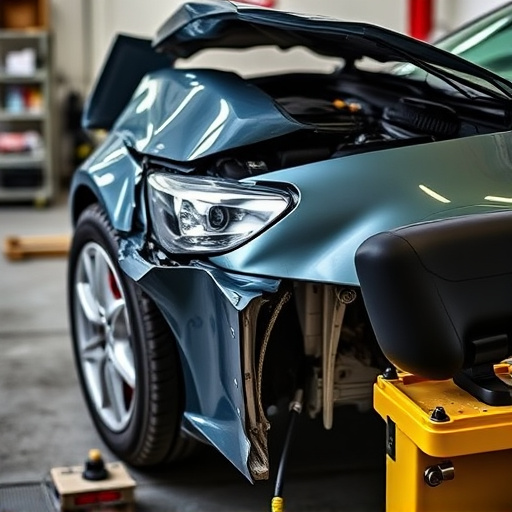Tesla vehicles, renowned for their cutting-edge tech and unique design, can experience suspension alignment issues over time due to factors like rough roads, collisions, and normal wear. These issues manifest as uneven tire wear, vehicle pull, or ride height differences. Regular checks at collision repair centers are crucial. While some adjustments are DIY-friendly, complex repairs require professionals specializing in Tesla vehicles for accurate fixes. Auto painting services restore aesthetics if needed. Diagnosing these issues involves specialized tools like alignment scanners and visual inspections. After collisions, special care is necessary to account for structural disruptions. Maintaining suspension alignment offers both DIY and professional solutions, ensuring optimal handling, safety, and performance comparable to premium brands.
Tesla vehicles are renowned for their advanced technology, but like any car, they can experience suspension alignment issues over time. This article delves into the common problems that Tesla owners may face with their vehicle’s suspension alignment, exploring the causes and offering practical solutions. From understanding basic mechanics to diagnosing and fixing problems, we provide valuable insights on maintaining optimal driving dynamics for your Tesla. Learn about DIY techniques and professional services available for addressing these issues effectively.
- Understanding Tesla Suspension Alignment: Common Problems and Their Causes
- Diagnosing the Issues: Tools and Techniques for a Proper Assessment
- Fix and Maintenance Tips: DIY Solutions and Professional Services Available
Understanding Tesla Suspension Alignment: Common Problems and Their Causes
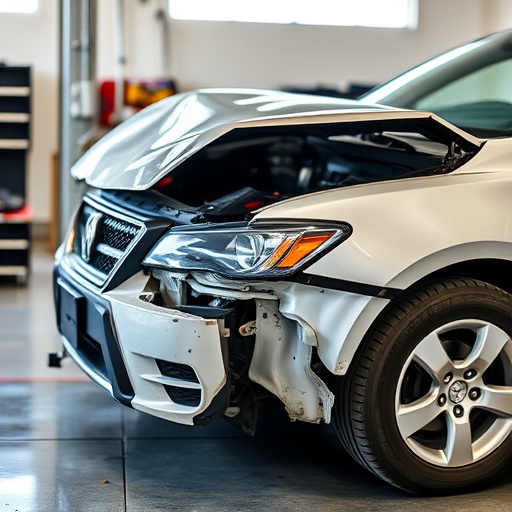
Tesla vehicles are renowned for their advanced technology and innovative design, but like any other car, they can experience suspension alignment issues over time. Understanding these problems is crucial for maintaining optimal vehicle performance and handling. Common Tesla suspension alignment issues often stem from several factors, including frequent driving on rough roads, unexpected collisions or accidents, and normal wear and tear.
The electric cars’ low center of gravity and unique suspension systems make them more sensitive to misalignments compared to traditional vehicles. Problems may include uneven tire wear, vehicle pull to one side while driving straight, or a noticeable difference in ride height between the left and right sides. Regular checks at a collision repair center can help identify these issues early on, preventing more serious problems from developing. While some adjustments might be DIY-friendly, complex repairs often require the expertise of professionals specializing in Tesla vehicles, ensuring precise fixes without compromising safety or aesthetics through proper auto painting services if necessary.
Diagnosing the Issues: Tools and Techniques for a Proper Assessment
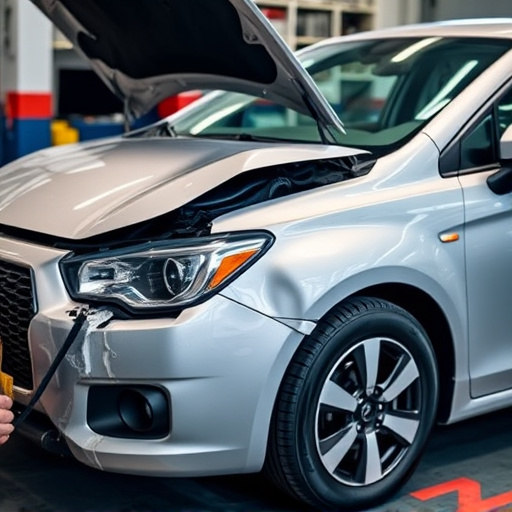
Diagnosing Tesla suspension alignment issues requires a multi-faceted approach due to the vehicle’s advanced and complex design. The first step involves utilizing specialized tools such as alignment scanners that can accurately measure and document any deviations from the factory settings. These scanners provide detailed data on wheel positioning, camber, toe, and castor angles, enabling technicians to quickly identify anomalies. Visual inspections are also crucial; looking for signs of uneven tire wear, misaligned wheels, or visible damage to suspension components can offer valuable clues.
Furthermore, a dynamic assessment, often conducted on a lift or ramp, allows for the evaluation of the vehicle’s handling and ride quality under different conditions. This involves testing cornering, braking, and acceleration to ensure the suspension is functioning optimally. In cases where the Tesla has undergone a vehicle collision repair or automotive collision repair, special attention must be paid to any structural damage that could have affected the alignment. A comprehensive approach combining technological precision with meticulous manual examination ensures accurate diagnosis and effective fixes for all Tesla suspension alignment issues.
Fix and Maintenance Tips: DIY Solutions and Professional Services Available
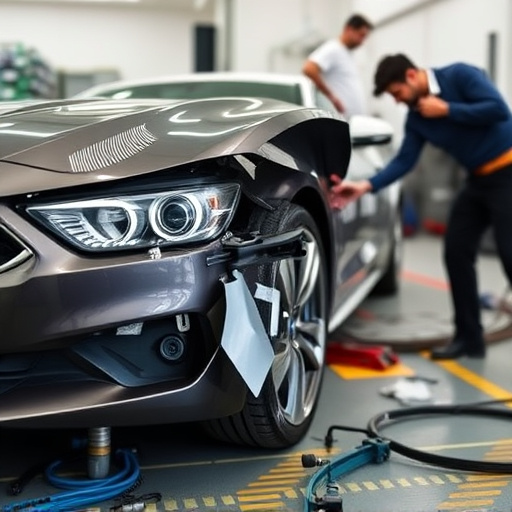
When it comes to maintaining your Tesla’s suspension alignment, both DIY solutions and professional services offer viable options. For minor adjustments and regular checks, many Tesla owners opt for do-it-yourself methods. This involves using specialized tools to measure and adjust key components like camber, toe, and castor angles. Online tutorials and detailed guides make it accessible for enthusiasts to learn these processes safely. Regular inspection of suspension components, such as checking for tire wear patterns and inspecting shock absorbers for leaks or damage, can help prevent more serious issues.
For more complex problems or when precision is crucial, seeking professional assistance from a reputable car repair shop specialized in electric vehicles becomes recommended. They have the advanced tools and trained technicians to handle intricate suspension alignments accurately. While Tesla offers specialized services, independent workshops also provide comparable care, often at competitive prices. Regular maintenance, including wheel alignment checks and timely repairs, ensures your Tesla’s handling, safety, and overall performance remain optimal, preventing issues akin to those encountered in other car brands like Mercedes-Benz repair shops, where precision is paramount.
Tesla vehicles, known for their innovative technology, can sometimes present challenges with suspension alignment. By understanding common issues like camber, toe, and caster misalignments, caused by factors such as uneven road surfaces or routine wear and tear, owners can effectively diagnose problems using modern diagnostic tools. Regular maintenance, including wheel balancing and alignment checks, is key to preventing costly repairs. Whether opting for DIY solutions or seeking professional services, addressing Tesla suspension alignment issues promptly ensures optimal handling, safety, and tire longevity.
